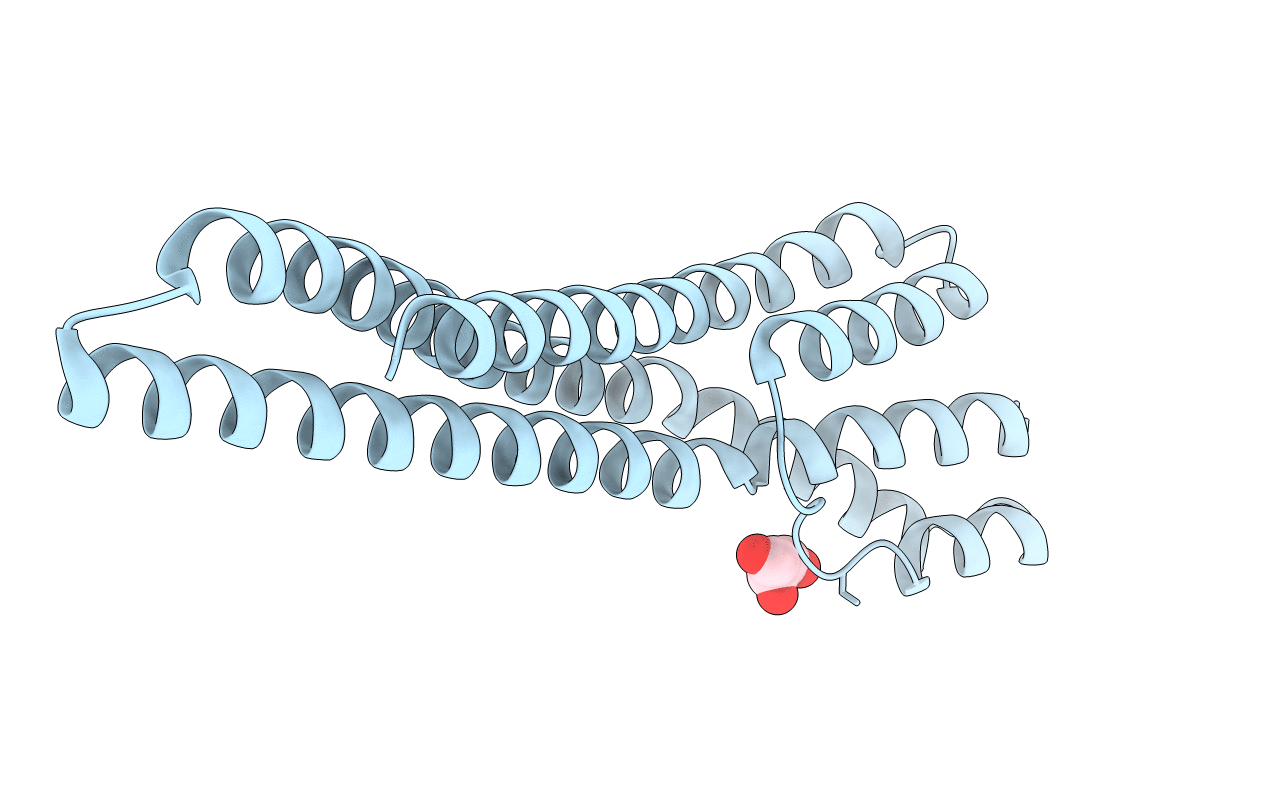
Deposition Date
2011-01-04
Release Date
2011-03-30
Last Version Date
2025-04-09
Entry Detail
PDB ID:
2Y44
Keywords:
Title:
Crystal structure of GARP from Trypanosoma congolense
Biological Source:
Source Organism:
TRYPANOSOMA CONGOLENSE (Taxon ID: 5692)
Host Organism:
Method Details:
Experimental Method:
Resolution:
1.65 Å
R-Value Free:
0.25
R-Value Work:
0.19
R-Value Observed:
0.20
Space Group:
P 1


